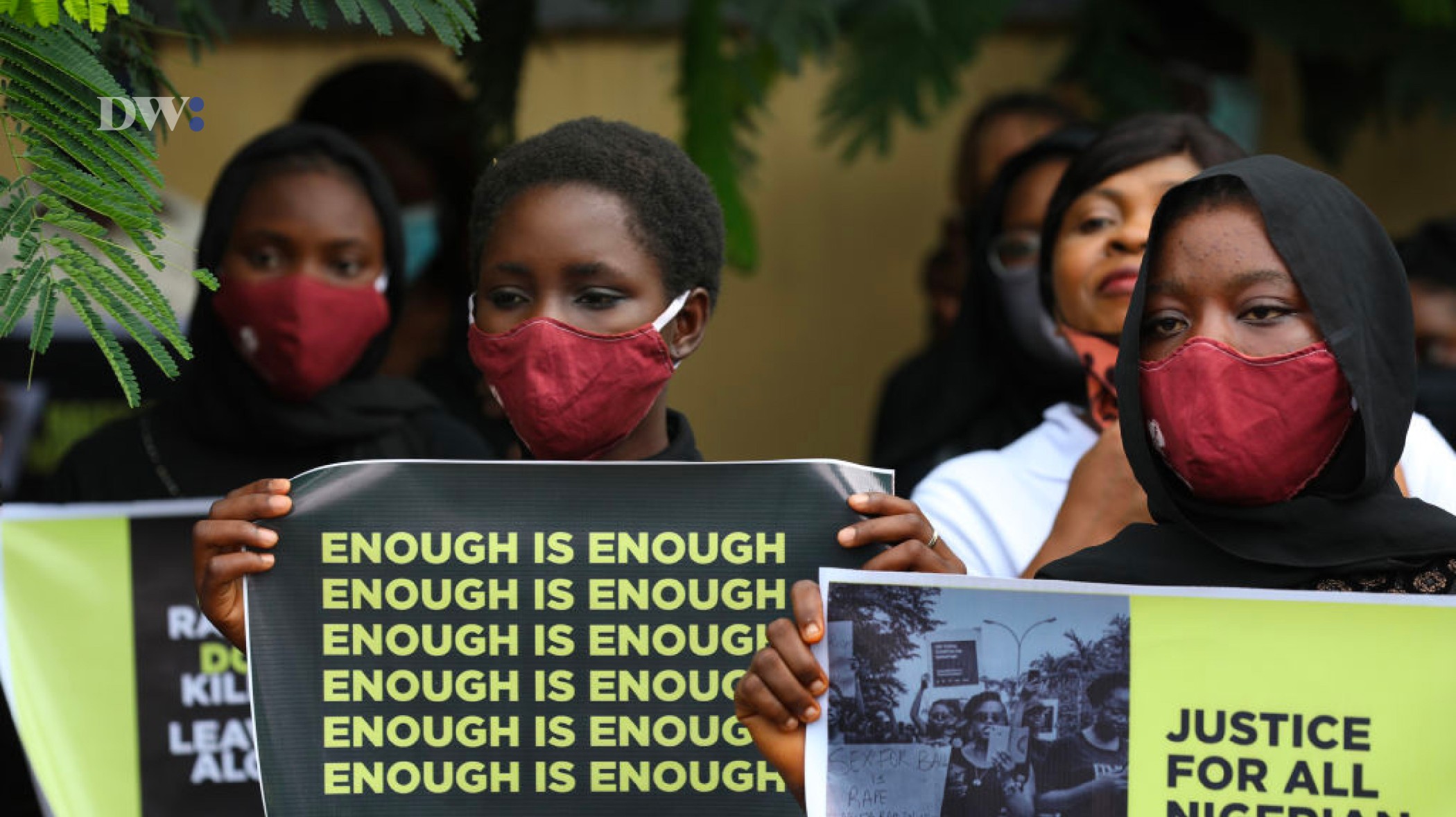The beginning of the year comes with resolutions formed from hope and optimism about the future. It is a period for people to pause, reflect and strategise on their work, family, finances, health, education, etc. As people have the opportunity to plan for a great start to the year, some women are not given the chance to see what the year will become and this is because of the increasing cases of femicide worldwide.
To make sure that the conversations surrounding femicide remain constant and interventions are put in place to protect women and help the victims get justice, we started a monthly data repository. This report will help shed light on the extent of this societal issue. It underscores the urgency for comprehensive measures to combat this pervasive problem, pushing for increased awareness, intervention, and support for victims. The numbers within our report serve as stark statistics and a call to action for a world that must unite to protect its most vulnerable members.
Earlier this month, we published a report on the findings we got after six months of meticulous Google searches with targeted keywords to gather verified information from news outlets, human rights groups, and trusted media. This uncovered 734 cases of femicide with October having a total of 146 cases reported making it the month with the highest reported cases.
The month of January was shaken by the Kenyan women’s march against femicide on January 27, 2024. Thousands of women marched through major cities, holding signs that read #StopKillingUs #EndFemicideKe and #WeJustWantToLive, demanding an end to femicide. Some signs read “Say Their Names” or “SheWasSomeone” alongside the names of women who had died in the previous several months. Online, tens of thousands of posts urging a stop to the brutal deaths were also trending.
The question remains: When do women cease being victims of gender-based violence, regardless of age? Can they find justice even in the grave? Why do their perpetrators roam freely, unaccountable for their heinous actions even when evidence has been presented?
From January 1st to January 31st 2024, a staggering total of 240 cases of femicide surfaced in 26 countries worldwide. The United States took the lead with 101 reports, closely followed by India with 59. Intimate partner violence emerged as the most prevalent form of gender-based violence which affected women aged 18 to 91 years old. In general, children, women and girls aged 1-91 were victims of femicide.
Ingrained patriarchal norms and inequality contribute to the increasing rates of femicide worldwide. The United Nations grimly acknowledges that we are far from achieving Sustainable Development Goal (SDG 5) (on female equality and empowerment) as we approach the halfway mark in the race to meet the 2030 Agenda for Sustainable Development. In 2018, one in every seven women (13 per cent of women aged 15 to 49) reported experiencing physical and sexual violence from an intimate partner or husband in the preceding 12 months.
Most of the horrifying cases of femicide reported were murder-suicides, women that were shot, stabbed, beheaded, drowned and mutilated. A severe case was a woman labourer who was raped to death in Ondo State, Nigeria by her co-labourer.
This troubling pattern continues globally, from the United States to India to South Africa to the United Kingdom to Kenya to Nigeria to Pakistan as women were killed by their husbands, brothers, fathers, and sons.
We must continue to speak up against femicide and ensure that our outrage translates to actions and implementation of policies that promote the safety of women all over the world.

Leave a Reply